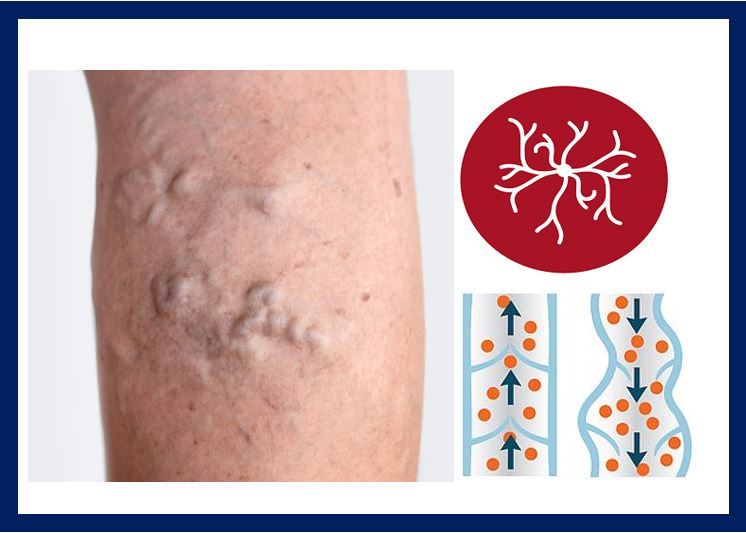
Do varicose veins burn? Varicose veins are prevalent among the general population. These enlarged, crooked, bluish veins are unsightly and can often cause various symptoms. Knowing when to worry about varicose veins is essential when managing stress. Varicose veins develop in the superficial veins closest to the skin and are most common in the extremities. The reason why legs feel hot is a common occurrence in the lower extremities.
Varicose veins warm to the touch due to prolonged standing, and walking increases the pressure in these superficial veins, which leads to blood pooling; therefore, varicose veins become more prominent on the skin’s surface.
Do varicose veins burn? Are varicose veins dangerous?
When varicose veins are small, they are usually just a cosmetic problem, but as they get larger, they can cause a variety of symptoms, including legs feel hot, pain, discomfort, and itching.
When to worry about varicose veins warm to the touch?
If the condition is prolonged, it can lead to changes in discoloration around the ankle or thigh and even cause an ulcer, which is almost impossible to heal. Treatment of varicose veins involves supportive self-care measures and a procedure performed by our vein specialist at the USA Vein Clinic.
When to look for a specialist?
Do you worry when your legs feel hot? If you are concerned about the aesthetics of varicose veins or have developed moderate symptoms, it is strongly recommended that you visit our vein specialist. However, if you have created a varicose veins warm-to-touch sensation, you should see the specialist as soon as possible. Without formal treatment, these burning or itching veins do not heal independently.
What causes varicose veins to burn?
We asked: do varicose veins burn? Why is it? All veins in the body have one-way valves that prevent the backflow of blood. If these valves are damaged for any reason, the blood does not empty the veins but instead flows backward, causing a pool of blood that leads to enlargement of the vein. The result is a purple skin discoloration and a burning sensation. Are varicose veins dangerous? Most of the time, they can be, so you have to watch for the signs.
Here we bring you three tips to reduce the legs feeling hot and prevent the symptoms of varicose veins from getting worse:
- Do exercise
Exercise is an excellent tool to promote health and keep your veins in optimal condition. Among the recommended activities to avoid varicose veins are daily walking, swimming, bicycling, or running.
This training keeps the muscles of the legs, especially the calves, in constant movement and contraction, which favors the propulsion of blood toward the heart, overcoming gravity and avoiding its stagnation.
- Avoid constipation and change your diet.
A diet rich in fiber, such as vegetables, fruits, and nuts, keeps your gut healthy and your veins in shape.
Did you know that constipation makes varicose veins worse? Well yes. The effort exerted when evacuating increases the pressure inside the abdomen, which hurts the valves and dilates those already damaged veins.
- Forecast and Prevention
The greatest danger to the patient is the delay in seeking medical help when legs feel hot. As a rule, in the first stage of the disease, the symptoms are attributed to fatigue after a working day. Some people do not attach grave importance to the severity of varicose veins. As such, others prefer to use “folk remedies” or self-medicate. Ultimately, both of them are found in the queue for an appointment with a phlebologist but already with aggravated pathological processes.
Go with professionals
These tips effectively prevent varicose veins and improve varicose veins burn symptoms. However, they are not enough to correct valve damage or prevent the disease from progressing.
We recommend that you see professionals at the USA Vein clinic if you have significant symptoms or a family history of varicose veins so that they can assess the state of your veins, And, based on this, draws up a therapeutic or preventive action plan.
